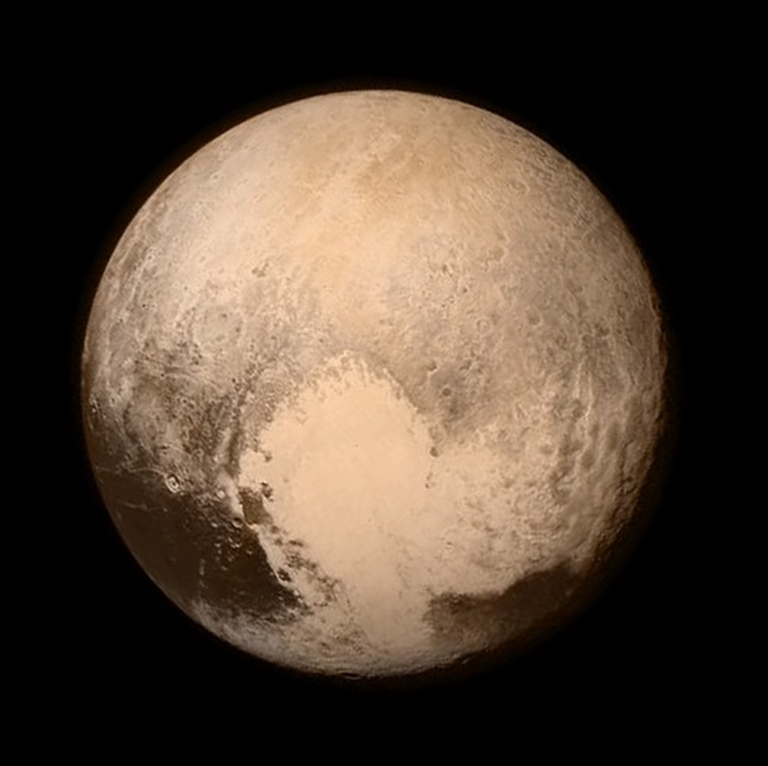New Horizons passes Pluto

Pluto was discovered in 1930 by Clyde Tombaugh, an American astronomer. The planet was quite a mystery for many years to follow and it took until 1978 before astronomers noticed Pluto had a moon (Charon). Charon is about half as wide as Pluto or 750 miles in diameter. Years later, between 2005 and 2012 astronomers found 4 more smaller moons, Nix, Hydra, Kerberos and Styx. The best images of Pluto for many years were from the Hubble Telescope, but there were only a few fuzzy pixels on a screen.
So in 1989 NASA decided to get a closer look at the dwarf planet and began the $723 million New Horizon project. In January 2006 New Horizons launched to travel the 3 billion miles from earth to reach Pluto. Early this morning (7/14/15) New Horizons made its closest pass (about 7,800 miles from the surface) at 7:49 am EST traveling at 30,800 mph relative to Pluto.
There are seven instruments onboard to gather information about the dwarf planet, including cameras. One of those cameras took the picture above, showing us the best picture of Pluto ever taken or seen on Earth. Some of these cameras are such a high resolution; they can pick up features that are 80,000 square feet in size. Scientists will analyze the surface of Pluto, including its geology and dynamic atmosphere.
While the pass was earlier today, Scientists at NASA had to wait until 8:55 pm EST to hear the good news from mission control. All systems on the spacecraft are running properly and the expected amount of data was recorded. While they have all of the information on board, it’ll take up to 16 months to have it all sent back and years to analyze. Nonetheless Scientists are excited to see what this new information will show us


